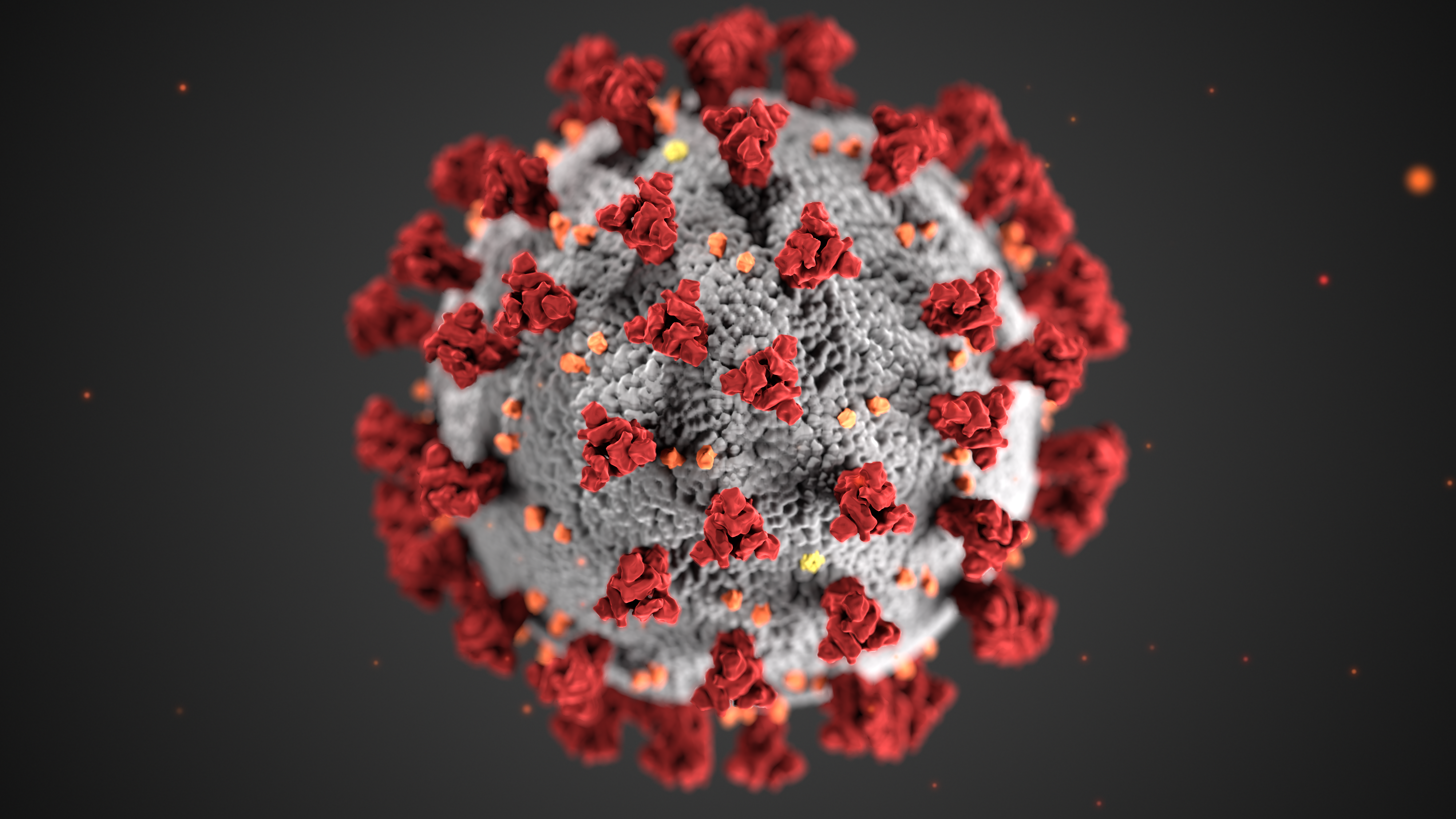 The WATCHMAN left atrial appendage occluder device has been widely accepted as an alternative to oral anticoagulation for stroke prevention in patients with underlying atrial fibrillation. However, the indications for WATCHMAN implantation laid forth by the Centers for Medicare & Medicaid Services in the United States differ from the original trials supporting its use. Real-world practice, therefore, highlights significant differences in the characteristics of patients receiving the therapy from those originally studied. In a Focused Clinical Research Session at the 2021 American College of Cardiology meeting, Dr. Matthew Price, Director of the Cardiac Cath Lab at Scripps Green Hospital and Assistant Professor at the Scripps Translational Science Institute, La Jolla, California, presented the results of his study from the NCDR LAAO Registry (NCT02699957), assessing one- year real-world outcomes for patients undergoing WATCHMAN implantation.
The WATCHMAN left atrial appendage occluder device has been widely accepted as an alternative to oral anticoagulation for stroke prevention in patients with underlying atrial fibrillation. However, the indications for WATCHMAN implantation laid forth by the Centers for Medicare & Medicaid Services in the United States differ from the original trials supporting its use. Real-world practice, therefore, highlights significant differences in the characteristics of patients receiving the therapy from those originally studied. In a Focused Clinical Research Session at the 2021 American College of Cardiology meeting, Dr. Matthew Price, Director of the Cardiac Cath Lab at Scripps Green Hospital and Assistant Professor at the Scripps Translational Science Institute, La Jolla, California, presented the results of his study from the NCDR LAAO Registry (NCT02699957), assessing one- year real-world outcomes for patients undergoing WATCHMAN implantation.
In this observational cohort study of patients who underwent successful WATCHMAN implantation in the NCDR LAAO registry, retrospective analysis of 38,158, the differences in the baseline characteristics of real-world patients from those in the trials were immediately apparent. Patients in the registry are older with a mean age of 76, compared to 71.7 and 74 in PROTECT AF and PREVAIL, respectively. Patients also had higher rates of prior stroke or TIA, diabetes, and clinically relevant bleeding. Finally, patients had a higher baseline CHA2DS2-VASc score of 4.8 versus 3.4 and 3.8 in PROTECT AF AND PREVAIL, respectively. It is important to note that the CMS Coverage Decision states that WATCHMAN is approved for patients with a CHADS2 ≥ 2 or a CHADS2-VASc ≥3, whereas PROTECT AF and PREVAIL enrolled patients at a lower risk for thromboembolism (CHADS2 ≥ 1). Furthermore, while participants of those trials remained eligible to receive long-term warfarin, CMS approval for Watchman is for those deemed unable to take long-term warfarin.
In this retrospective analysis, 36,681 patients with WATCHMAN implantation were available for one-year follow up. The primary outcome of interest, freedom from ischemic stroke, was seen at a rate of 1.53%, 95% CI (1.4-1.66). This represents a 77% relative risk reduction in ischemic stroke compared to patients not taking anticoagulation. The 1-year rate of major bleeding was 6.2%, with the majority of this seen in the first six weeks after WATCHMAN implantation. All-cause mortality was 8.52%, driven mostly by non-cardiovascular causes.
“While these data are reassuring, we do not have evidence from randomized controlled trial data for this cohort of patients,” said Dr. Price after the presentation when asked about changing the 2019 AHA/ACC/HRS Guideline for the Management of Patients with Atrial Fibrillation from the current IIB indication (https://www.heartrhythmjournal.com/article/S1547-5271(19)30037-2/fulltext). “We will, however, have data comparing it to oral anticoagulation therapy, which could inform the guidelines in the future”.
These results are timely, as there is now a reignited interest in left atrial appendage closure. Earlier today, results from the LAAOS III trial demonstrated an additive benefit of surgical closure on top of oral anticoagulant therapy in preventing stroke for patients with atrial fibrillation. The data from Dr. Price’s study are well-received and pave the way for future trials to study WATCHMAN in patients with lower bleeding risk, and those eligible to receive concomitant oral anticoagulation.
The authors acknowledged the limitations of this observational study, namely the lack of a control group for definitive comparisons, but they noted that the robust outcomes data on atrial fibrillation in the literature allows for more confidence in their comparisons.





